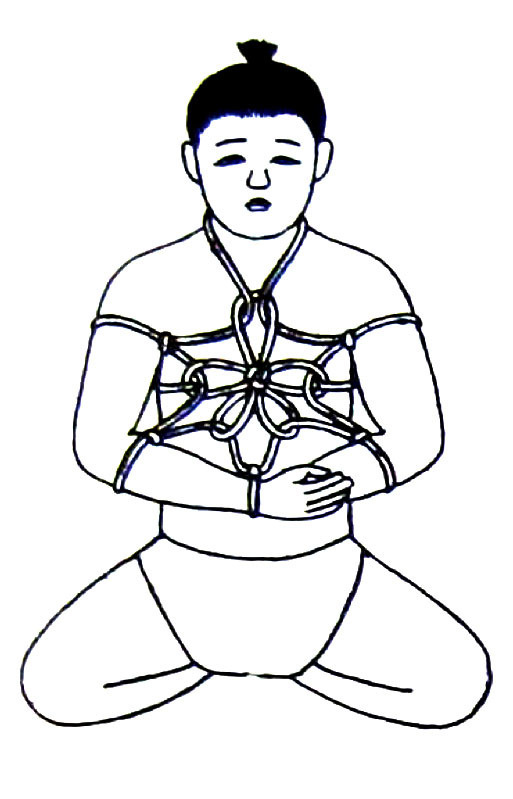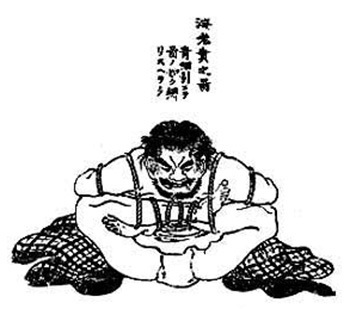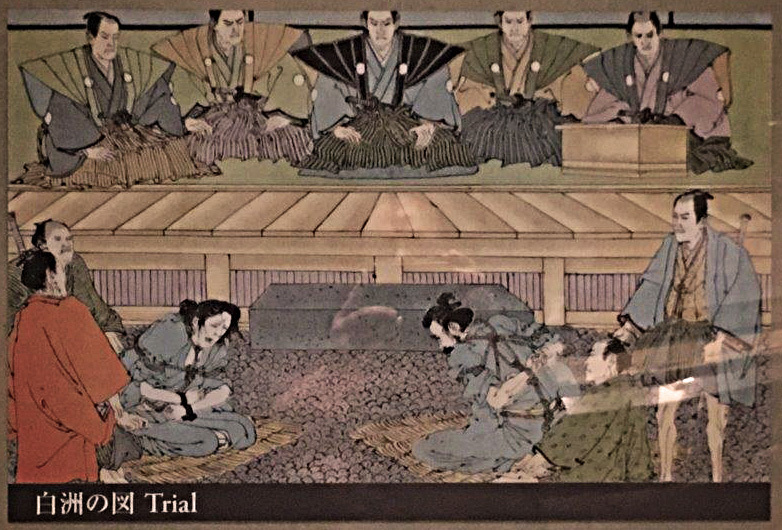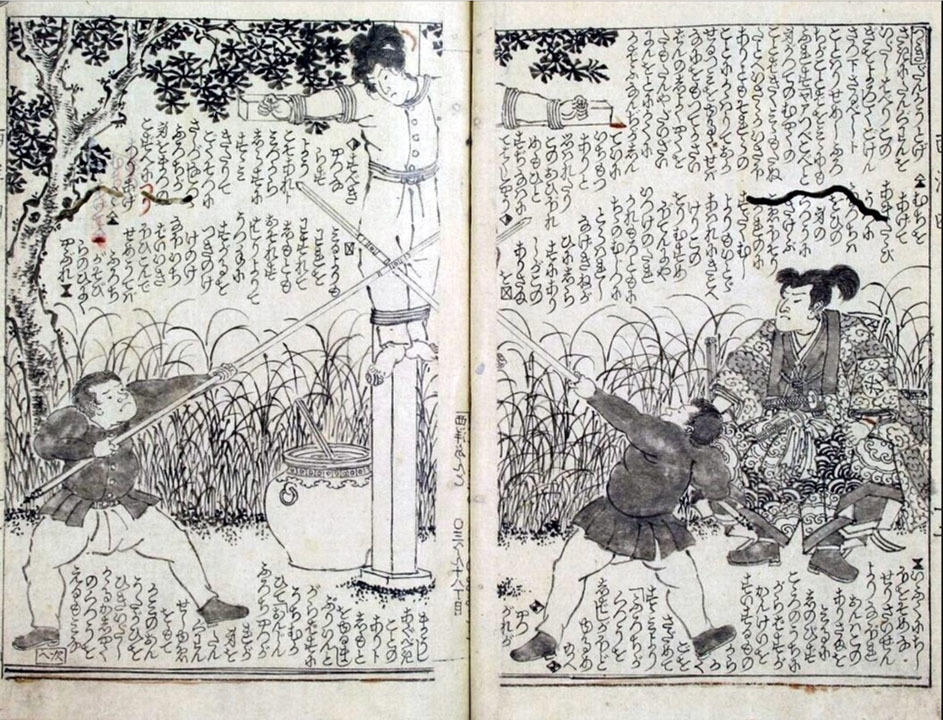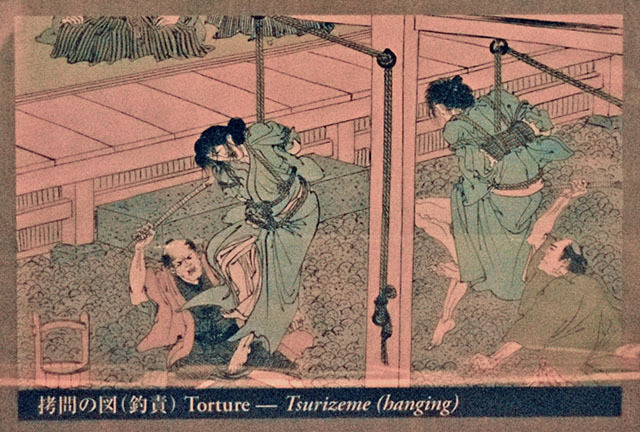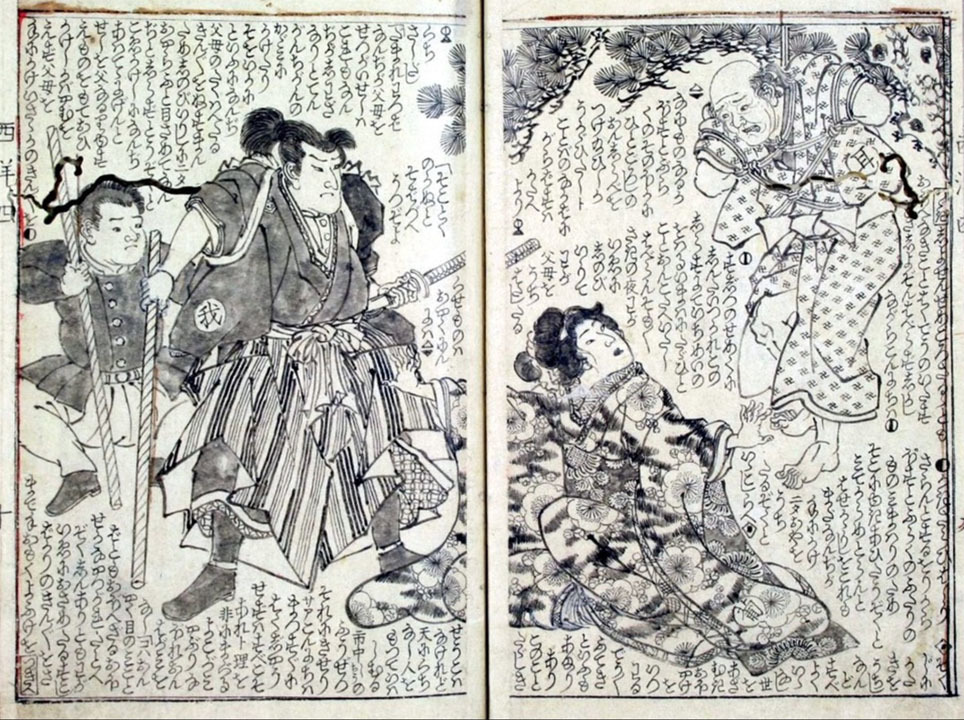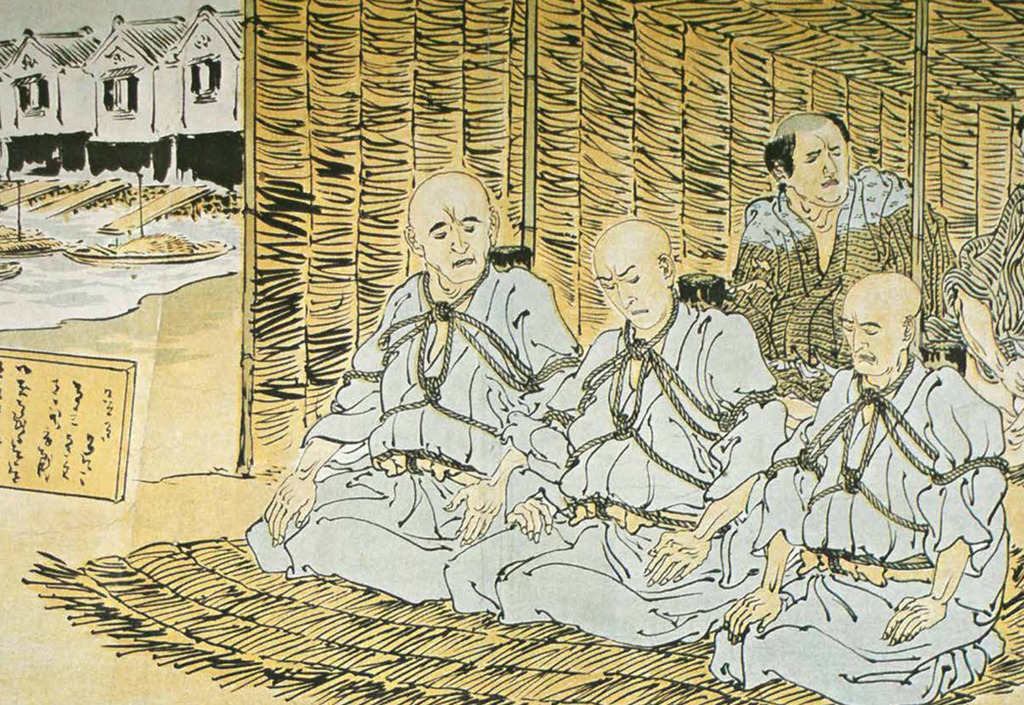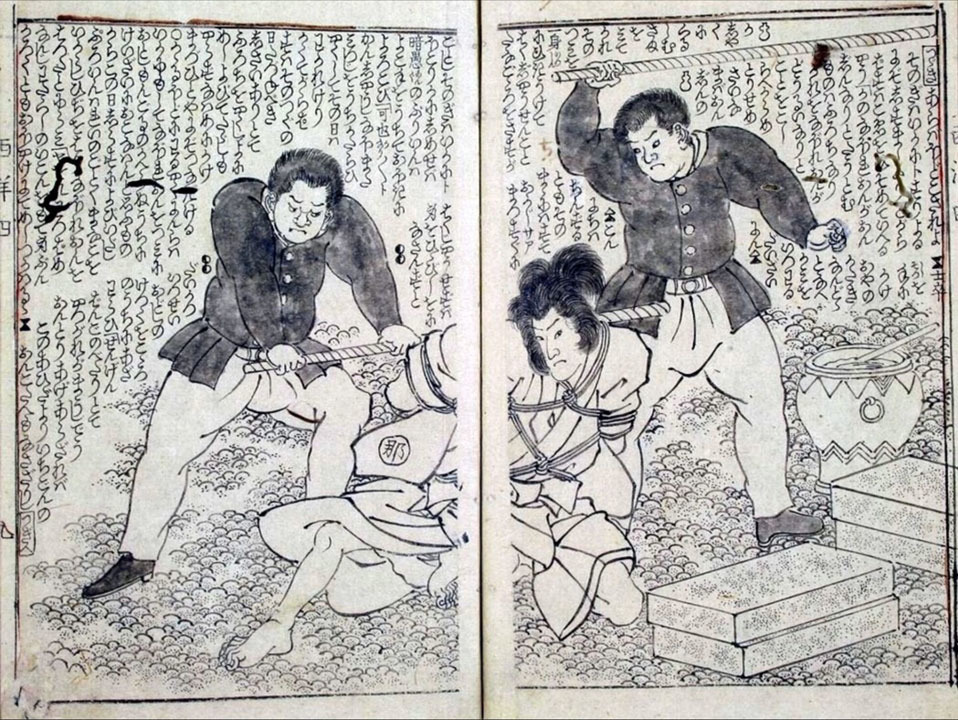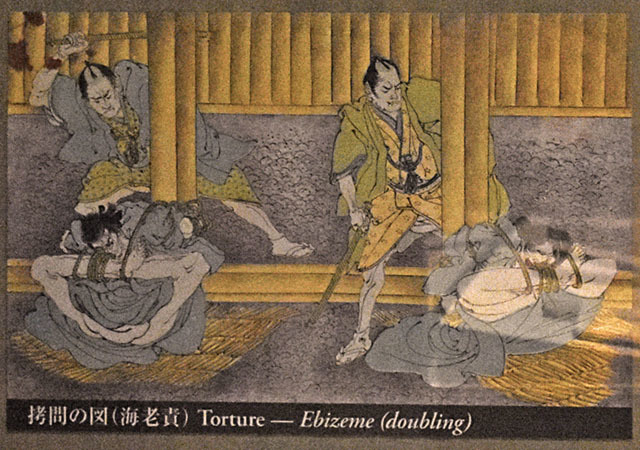Hojojutsu 捕縄術 The Martial Art of Rope Capture and Restraint
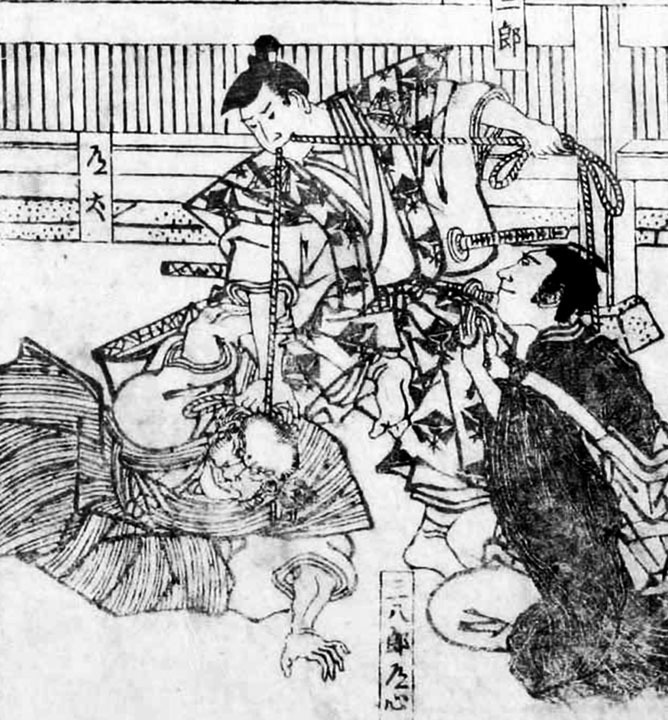
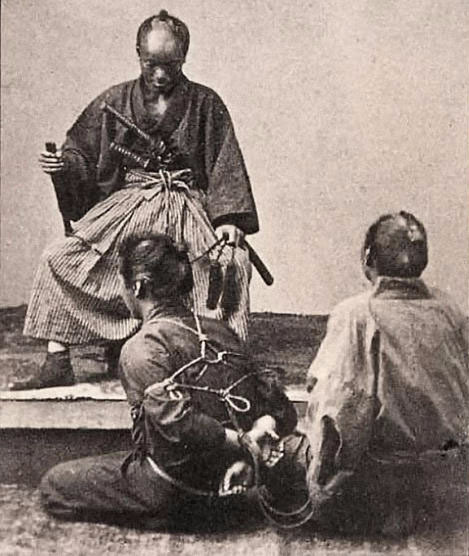
Hojojutsu (also known as Torinawa or Nawajutsu) is the martial art of using rope to capture, restrain, transport and display suspects and criminals in Japan during the Middle Ages and Early Modern periods. Rope was also used in various torture and interrogation methods and in execution.
There were very specific ways of using rope for law enforcement and to communicate information for different crimes and social rank as a matter of protocol and honour.
Learn and practice these Hojojutsu rope handling skills which can be used against a moving opponent and also to secure someone already captured.
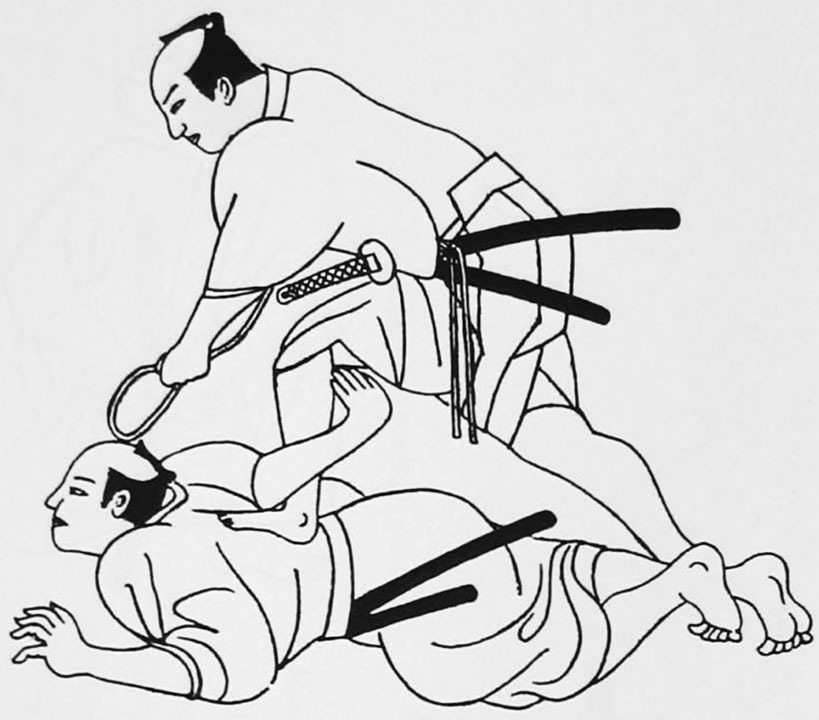
Three different styles and skill sets for capture, transportation and interrogation.
(Click on each tab to view)
Hayanawa: “fast binding” – a shorter thinner rope used for the initial capture and restraint, to be applied within 4-10 seconds – no knots used
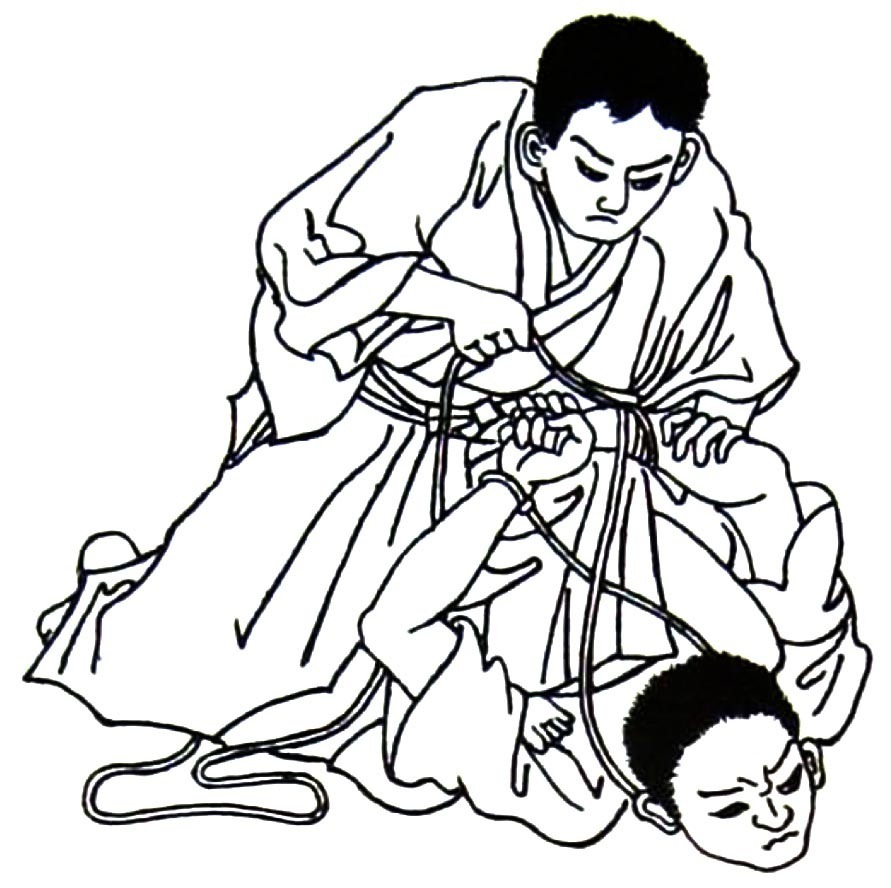
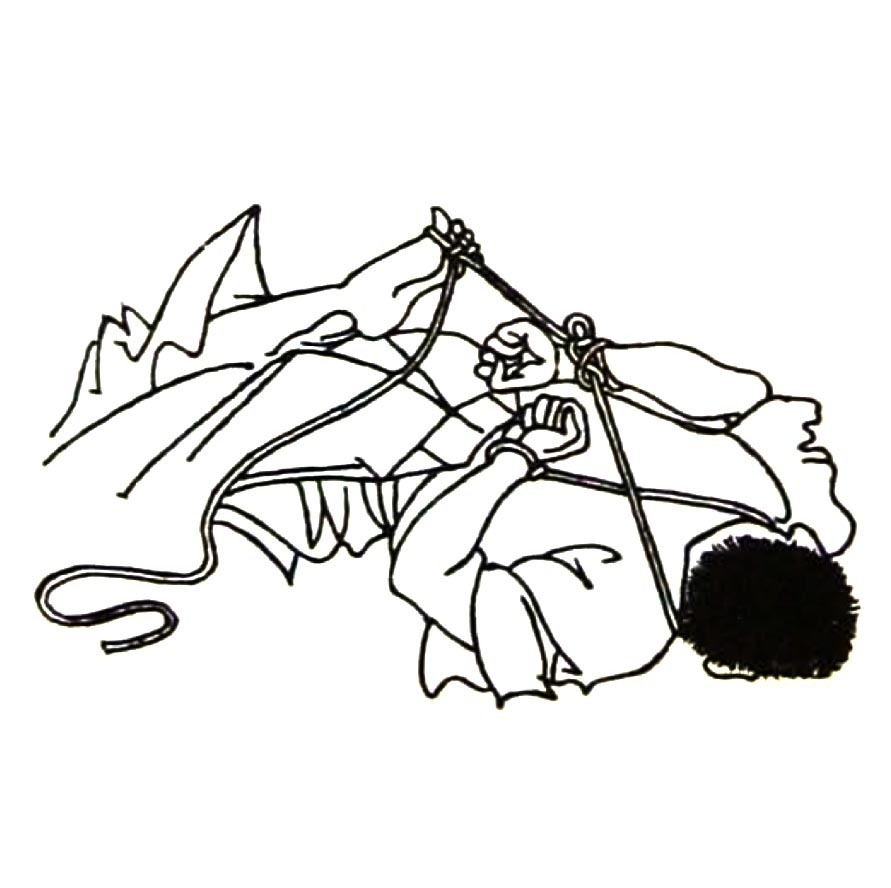
Hojojutsu Training

Discover Hojojutsu history, protocols and tying styles used throughout Feudal Japan.
- History, tradition and evolution of rope use in Japanese culture
- Different forms of hojojutsu: hayanawa, hon-nawa and gomonnawa
- Hojojutsu arrest, transportation and display protocols
- Rope selection for different hojojutsu forms
- Rope safety and risk reduction during practice
- How to tie hayanawa (“fast-binding”) rope for carrying, fast access and easy use
- How to tie knots and loops with one hand
- Basic hayanawa capture and restraint techniques
- How to tie hon-nawa (“formal binding”) rope for storage and easy use
- Intro to hon-nawa techniques for securing and transporting a prisoner
- Intro to gomonnawa techniques used for interrogation
Where & When
There are currently no Hojojutsu trainings or workshops scheduled.
Please click below to find out about future training or to book a workshop for your group.
Class Instructor: 7th Dan Bujinkan Shidoshi Mo Latin
Class Instructor:
7th Dan Bujinkan Shidoshi
MO LATIN

Training in 6 Samurai Ryu (schools) and 3 Ninjutsu Ryu since 1998 and with many Japanese Nawashi since 2013.

